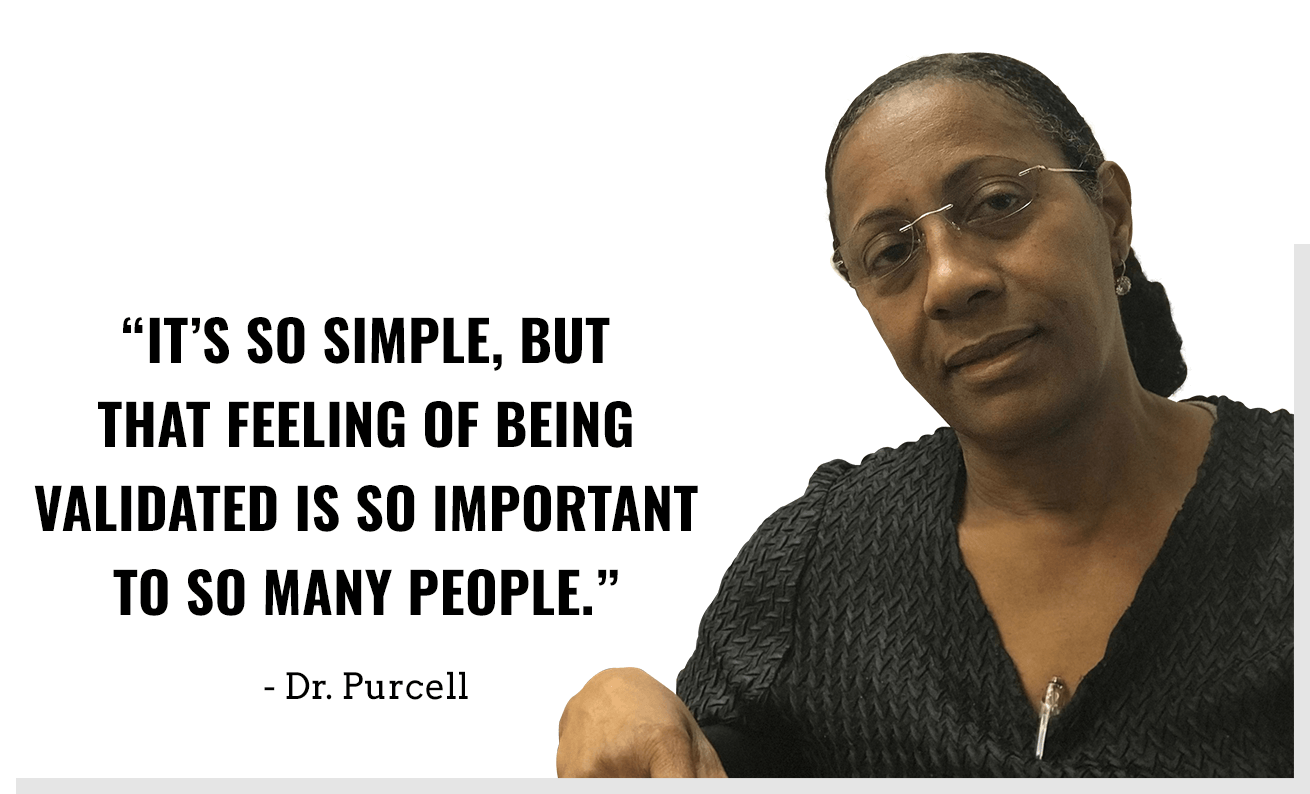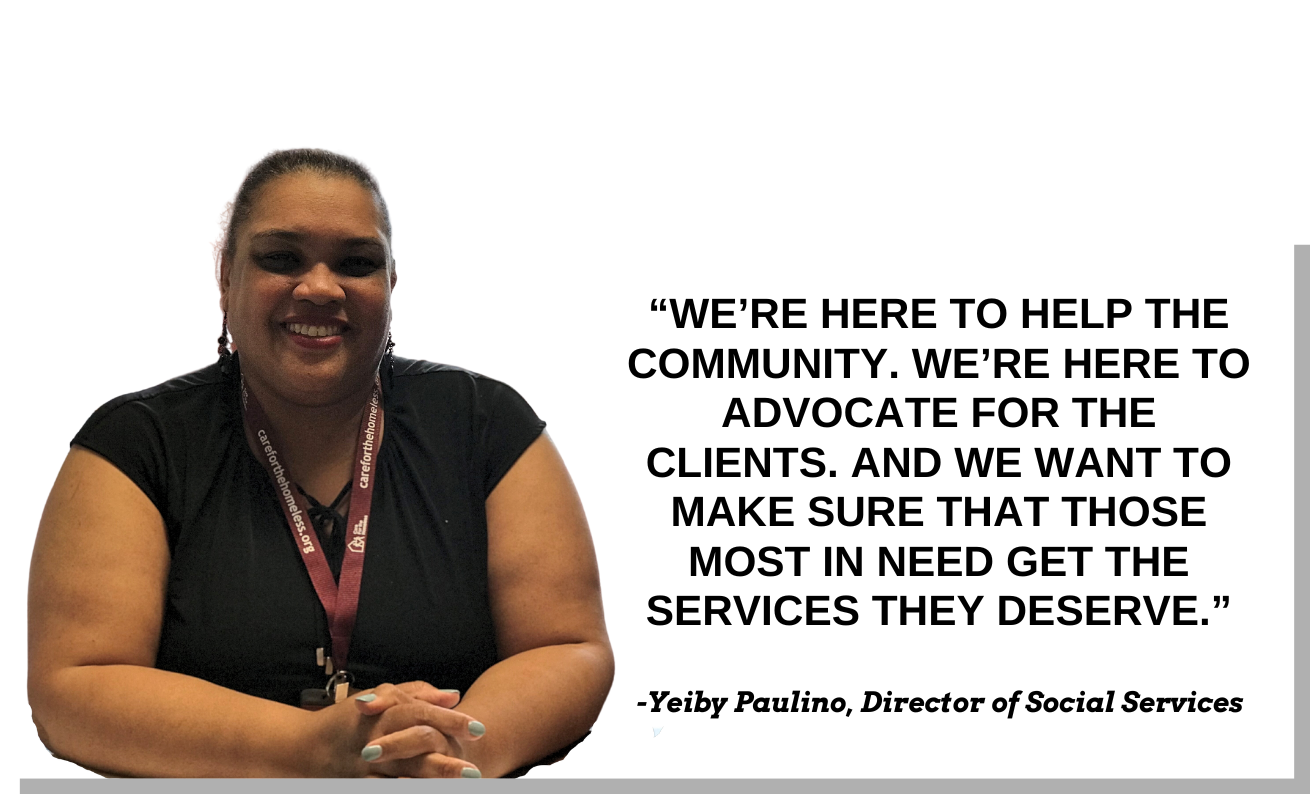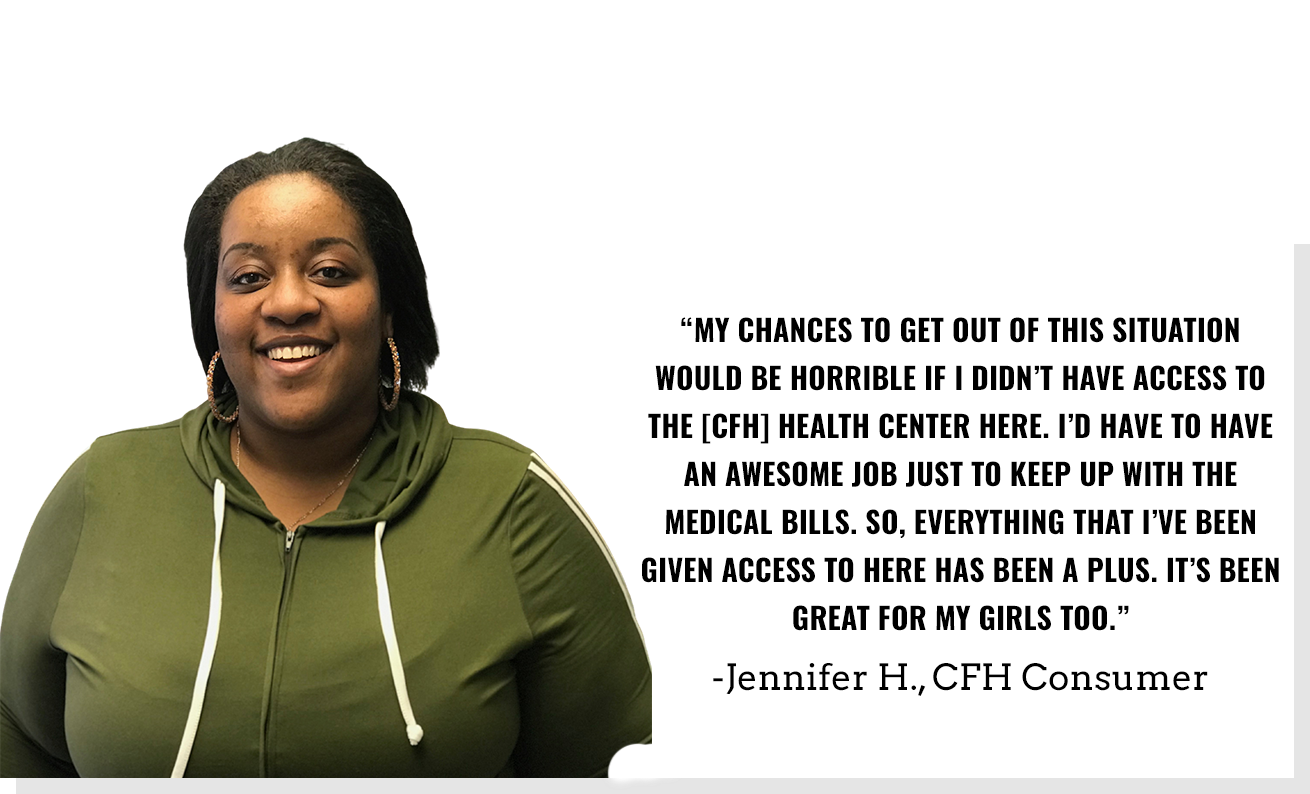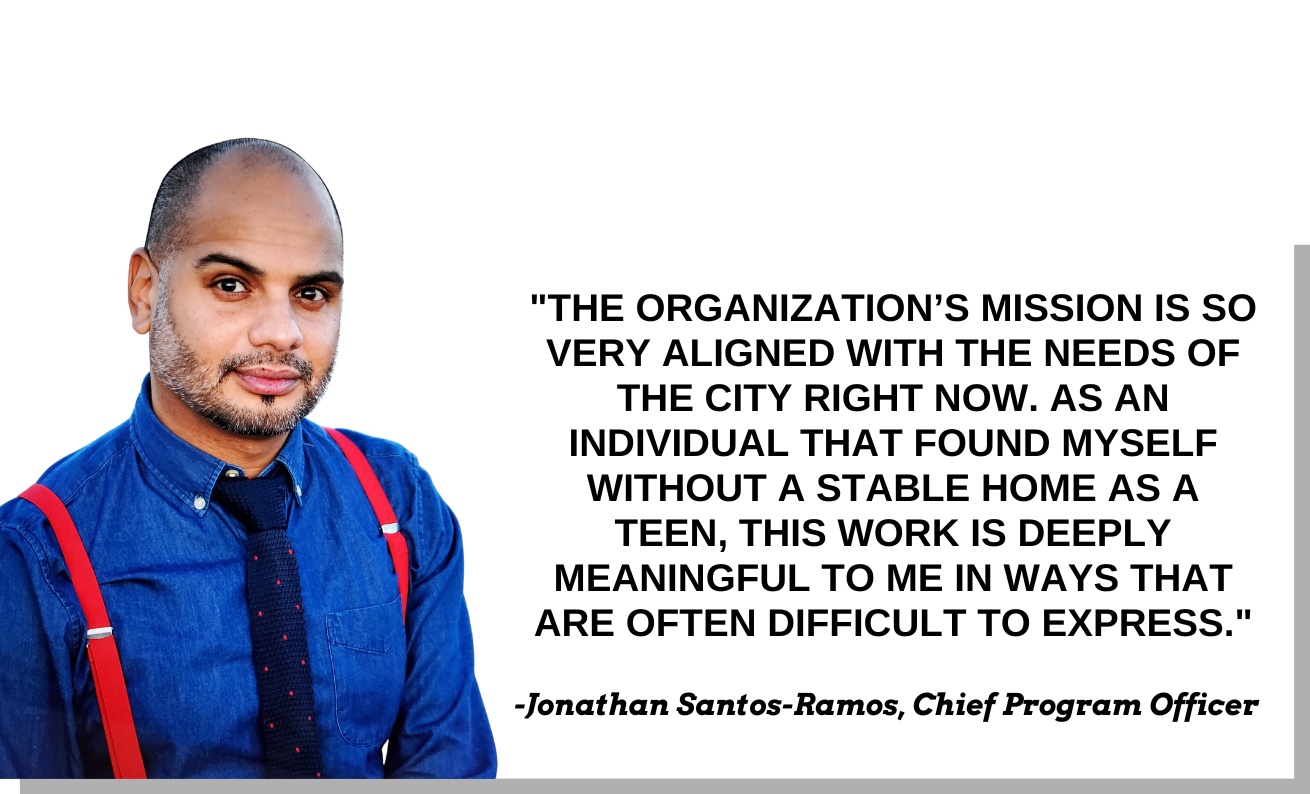The Need for Federal Housing Initiatives
The NLIHC recently found that no state has an adequate supply of affordable rental homes for low-income renters. Read more about federal housing initiatives and what we can do to address them.
The National Low Income Housing Coalition (NLIHC) released their annual report, The Gap: A Shortage of Affordable Rental Homes.
The coalition found that no state has an adequate supply of affordable rental homes for the lowest income renters. On average there are only 36 affordable homes for every 100 extremely low-income (ELI) households (incomes at or below the poverty line or 30% of the area median income) (13 for every 100 in metropolitan areas), with a total shortage of 7 million affordable rental homes nationwide.

Notable Findings
- Seventy-one percent of the 11 million ELI renter households are severely cost-burdened. This means they spend more than half of their income on rent and utilities. Thus leaving less money to cover other necessities, such as food, transportation, childcare and health care. Among them, 46% are seniors or have a disability and the other 44% are either in the labor force, in school, or are single-adult caregivers.
- The study also highlights the racial and ethnic disparities in housing insecurity. The data shows that 20% of all ELI households are Black/African American, 18% are American Indian or Alaska Native, 15% are Latinx, and 10% are Asian, compared to 6% of white non-Latino households.
- One in five renter households with annual incomes below $35,000 were behind on rent in March of 2022. These lower-income households make up the majority (69%) of all households behind on rent.
The Need for Federal Housing Initiatives
Emergency actions enacted during the pandemic helped stem the immediate impact of housing insecurity. This includes the emergency rental assistance program that aided 3.2 million renters.
However, these interventions, while unprecedented and highly impactful, were not long-term solutions to the long-standing affordable housing crisis. The protections have largely run out and cost-burdened households are once again at risk of eviction and homelessness.
Take Action
The private market cannot, on its own, provide homes affordable to these renters. However, investments in long-term federal policy solutions can help address the housing crisis facing ELI renters, mitigating the growing challenges of housing instability.
For example, a large-scale, sustained commitment to federal housing initiatives – like the Housing Choice Vouchers and public housing – would provide affordable housing for people with the lowest incomes. You can contact your congressional representatives and ask them to meet the housing needs of the nation.





